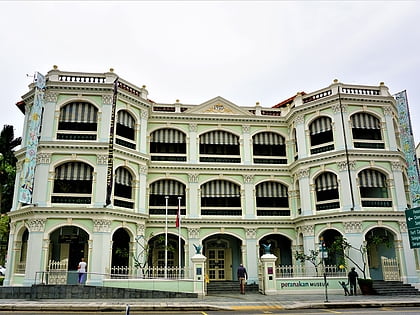Fort Canning

Facts and practical information
Nestled in the heart of modern Singapore, Fort Canning Park is a verdant oasis steeped in history and culture. This iconic hilltop park, once known as Bukit Larangan or 'Forbidden Hill', has witnessed many of Singapore's historical milestones, from the days of Malay royalty to its colonial past and beyond.
Fort Canning's lush greenery and sprawling lawns are a tranquil retreat from the bustling city streets, offering locals and tourists alike a chance to unwind amidst nature. The park is not only a green lung in the urban environment but also an outdoor museum, showcasing relics and structures that tell the tale of Singapore's evolution.
The park's historical significance is underscored by ancient artefacts and the remains of the 14th-century palace of Malay royalty that once stood on its grounds. The hill was also the site of the British colonial government's headquarters and served as the command center during World War II. Today, visitors can explore the restored Fort Canning Centre, the ASEAN Sculpture Garden, and the Spice Garden, which is a replica of the original 19th-century botanical garden.
The Fort Gate, a remnant of the fortress that once stood, still watches over the park, while the Battle Box, a former underground military complex, now serves as a museum where visitors can journey back to the days of the war. The park's rich history is complemented by a variety of arts and cultural events, including concerts, theatre productions, and festivals, making it a dynamic venue that merges the past with the present.
Fort Canning – popular in the area (distance from the attraction)
Nearby attractions include: National Museum of Singapore, Liang Court, Clarke Quay, Cathedral of the Good Shepherd.


















